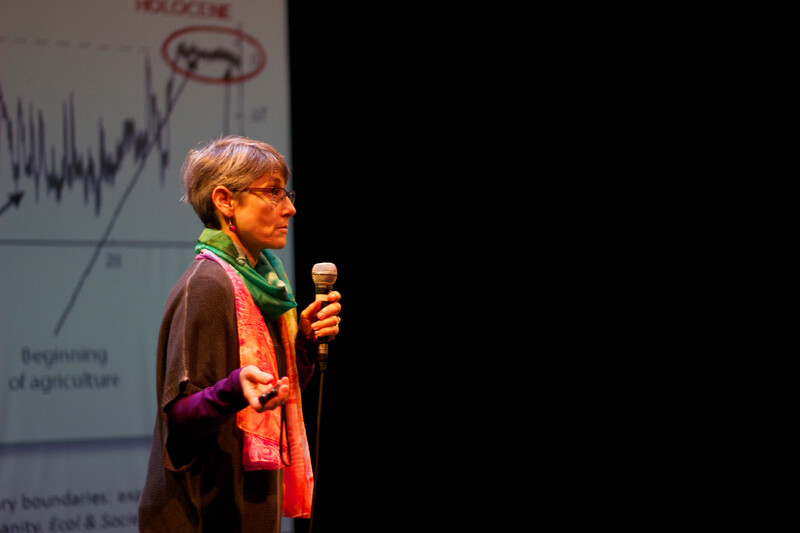
A key distinguishing feature of the Anthropocene is the magnitude and force of global action of the Technosphere. The Technosphere amasses vast resources, some of which become embedded in infrastructure and others of which are emitted as pollutants. Additionally, the Technosphere extracts, synthesizes, uses, and emits “xenobiotics” which are defined as chemicals not normally produced by or expected to be within an organism. The use and emission of xenobiotics is increasing exponentially over time. Xenobiotic chemicals allow for the provision of human support in the Anthropocene. For example, xenobiotic chemicals are critical constituents of human infrastructure, information technology, transportation networks, systems of commerce, etc. The problem with xenobiotics arises when their production, use and/or waste management leads to poisoning, which in turn challenges the ability of humans to manage the functions of the Technosphere. Poisoning can and has occurred as accidents, as a result of malfunctions in the increasingly complex Technospheric system. However, Miriam Diamond submits that poisoning is an inevitable outcome of activities in the Technosphere. Poisoning can cause two feedbacks to the Technosphere. The negative feedback is relatively obvious. Poisoning of some part of the human population threatens the ability of that population to self-perpetuate. The second is a positive feedback followed by a negative feedback. The positive feedback occurs as the Technosphere increases production and use of xenobiotics to compensate for the adverse effects caused by xenobiotics, e.g., pharmaceuticals, veterinary products, more infrastructure to cope with xenobiotic-related illness. The negative feedback arises when the widespread use of compensatory xenobiotics leads to increasing environmental degradation and human health impacts (e.g., pharmaceuticals in surface water). This talk will explore the complexity of this system through explanations and examples.
Life in the Anthropocene: Are we reducing our ability to solve problems when we need it most?
- Presenter
- Miriam Diamond

The Blackwood
University of Toronto Mississauga
3359 Mississauga Road
Mississauga, ON L5L 1C6
[email protected]
(905) 828-3789
The galleries are open. Hours of operation: Monday–Saturday, 12–5pm.
Facebook | Twitter | Instagram
Sign up to receive our newsletter.
The Blackwood is situated on the Territory of the Mississaugas of the Credit, Seneca, and Huron-Wendat.